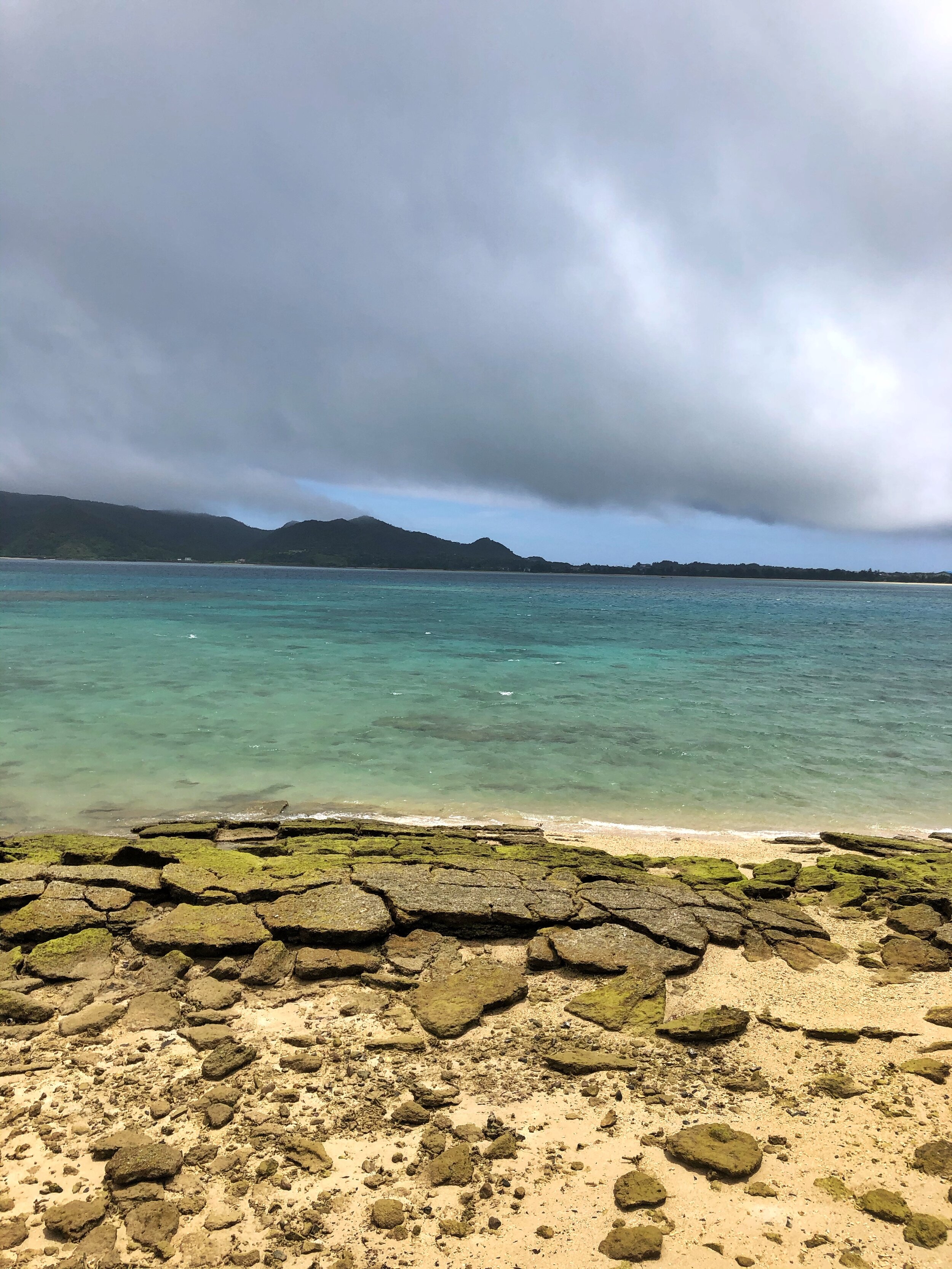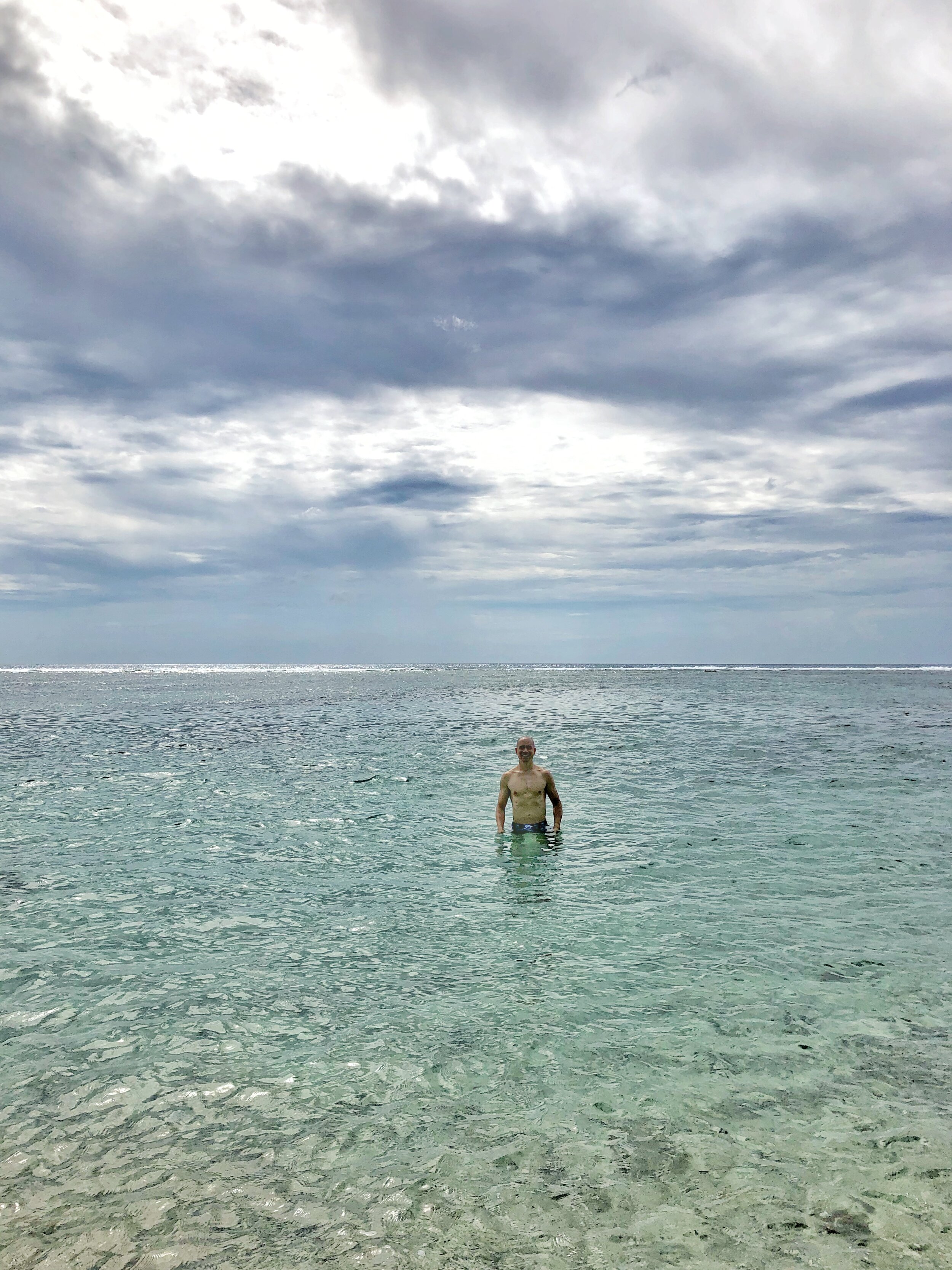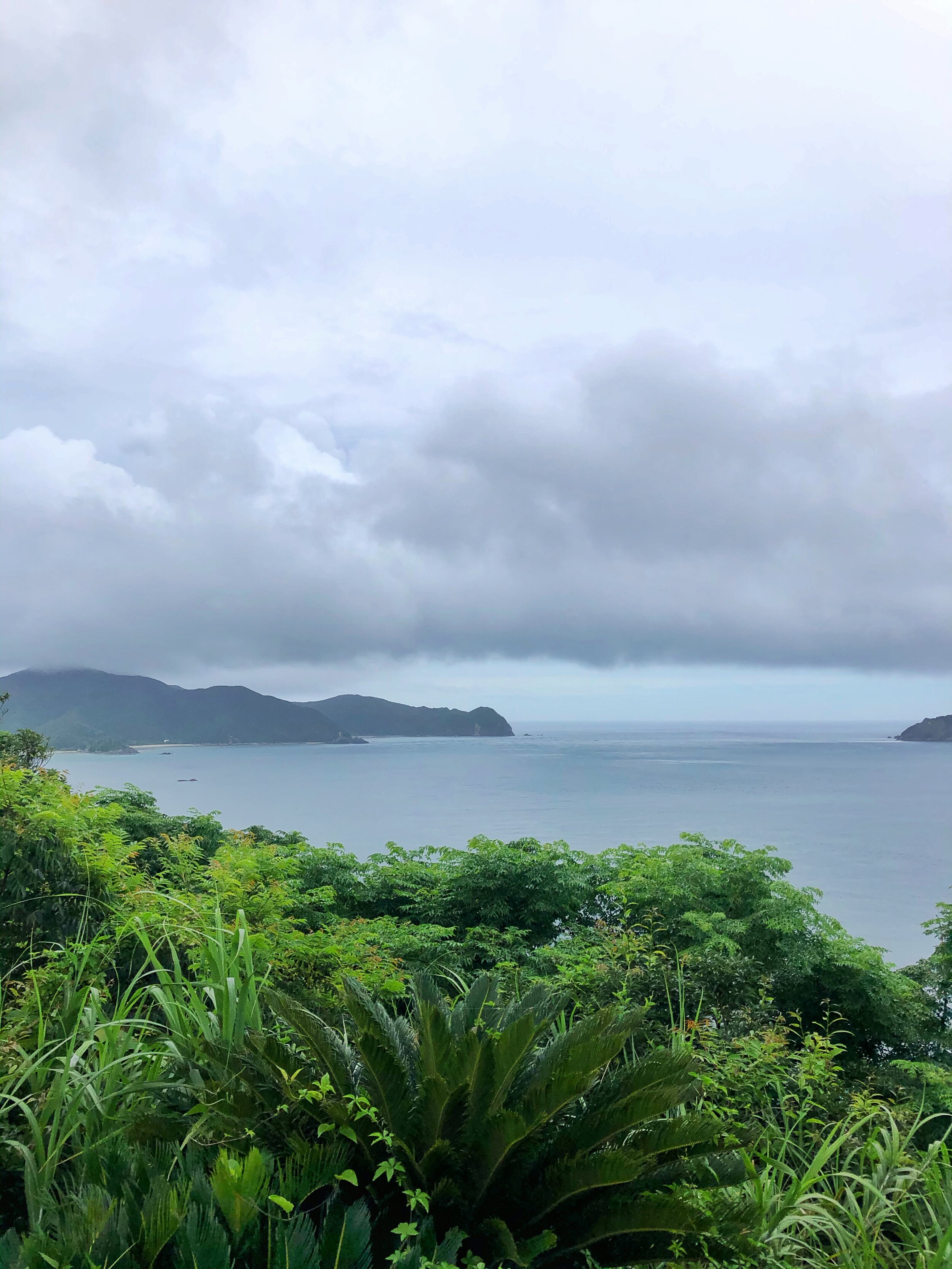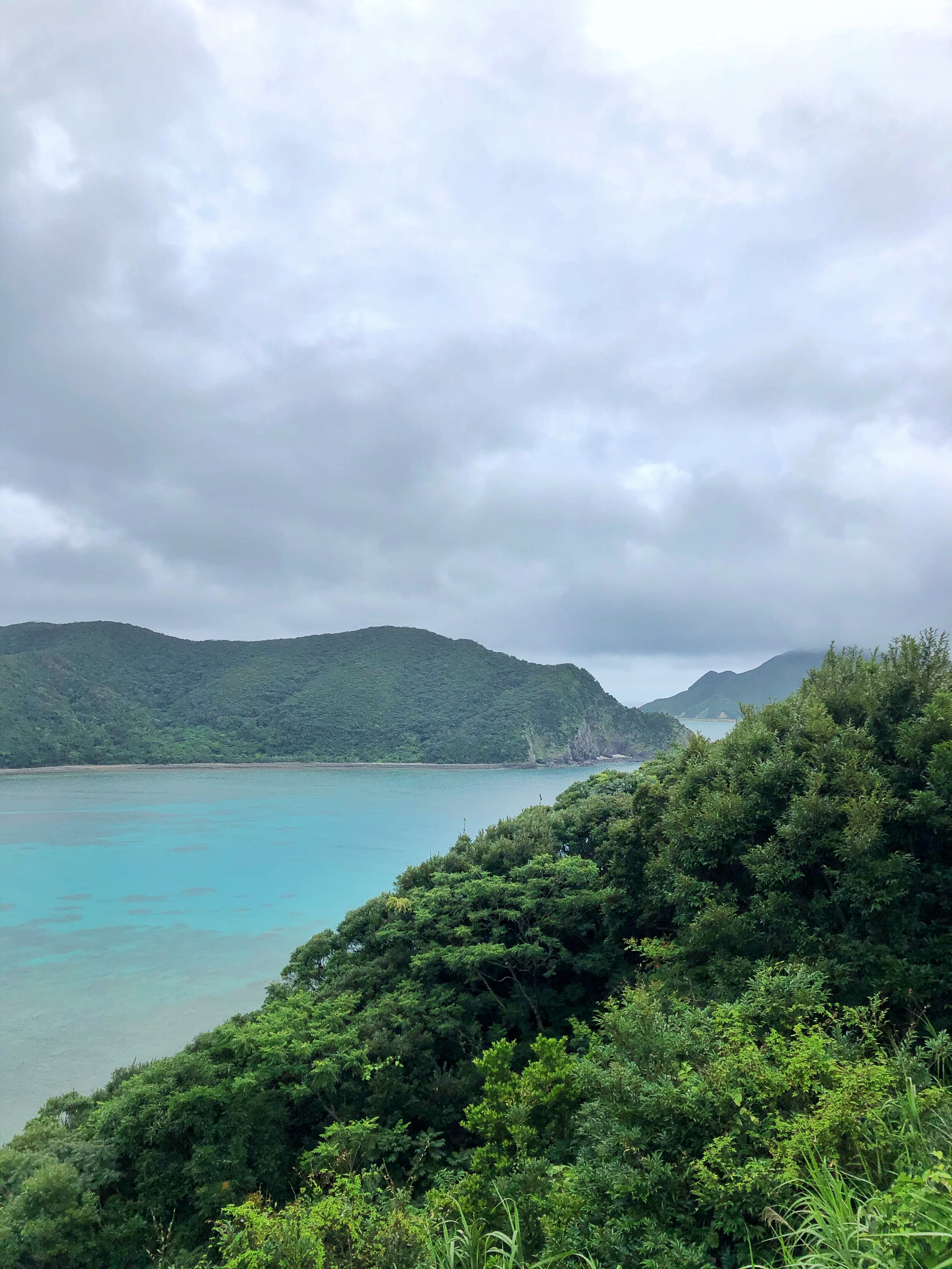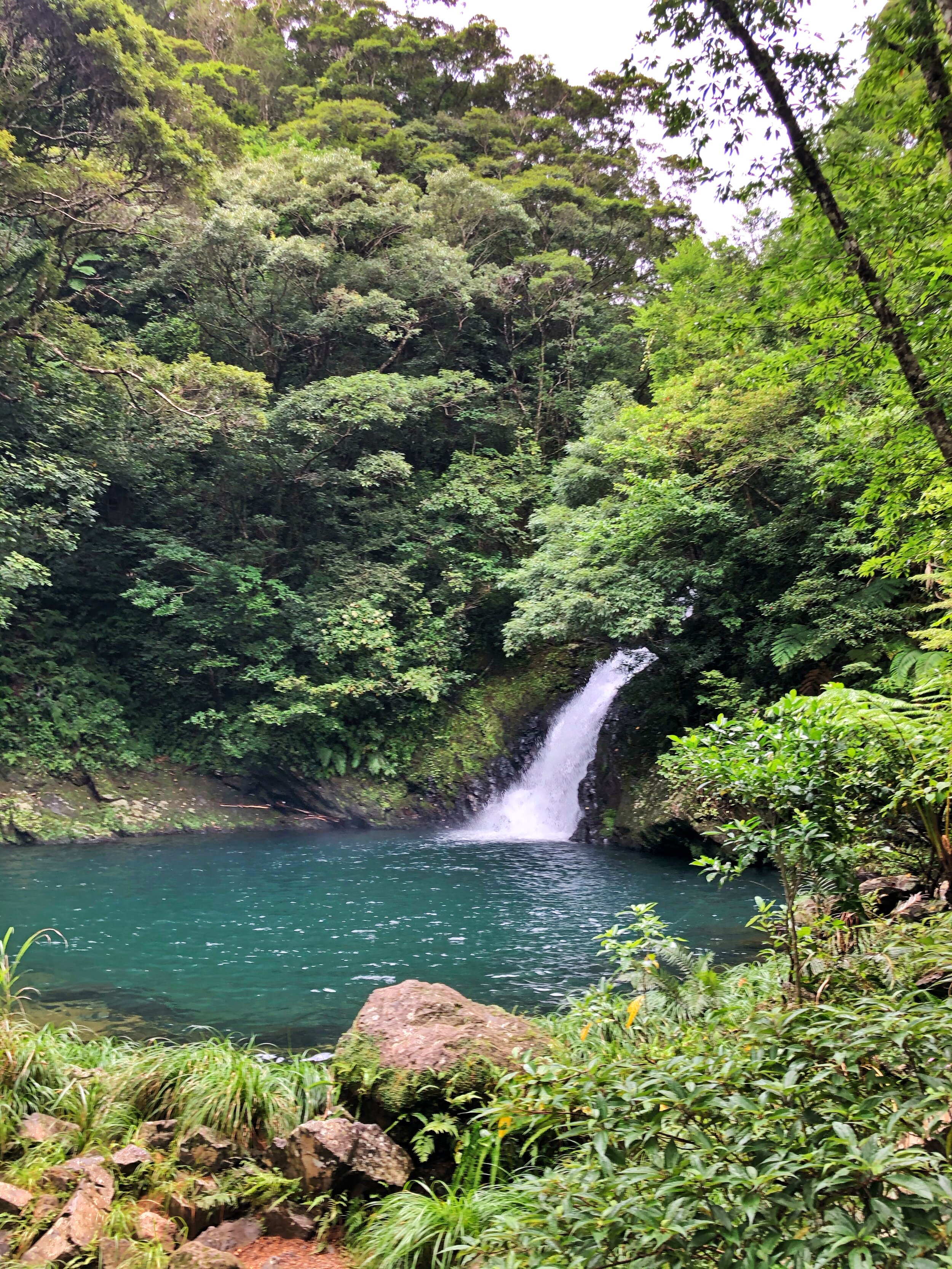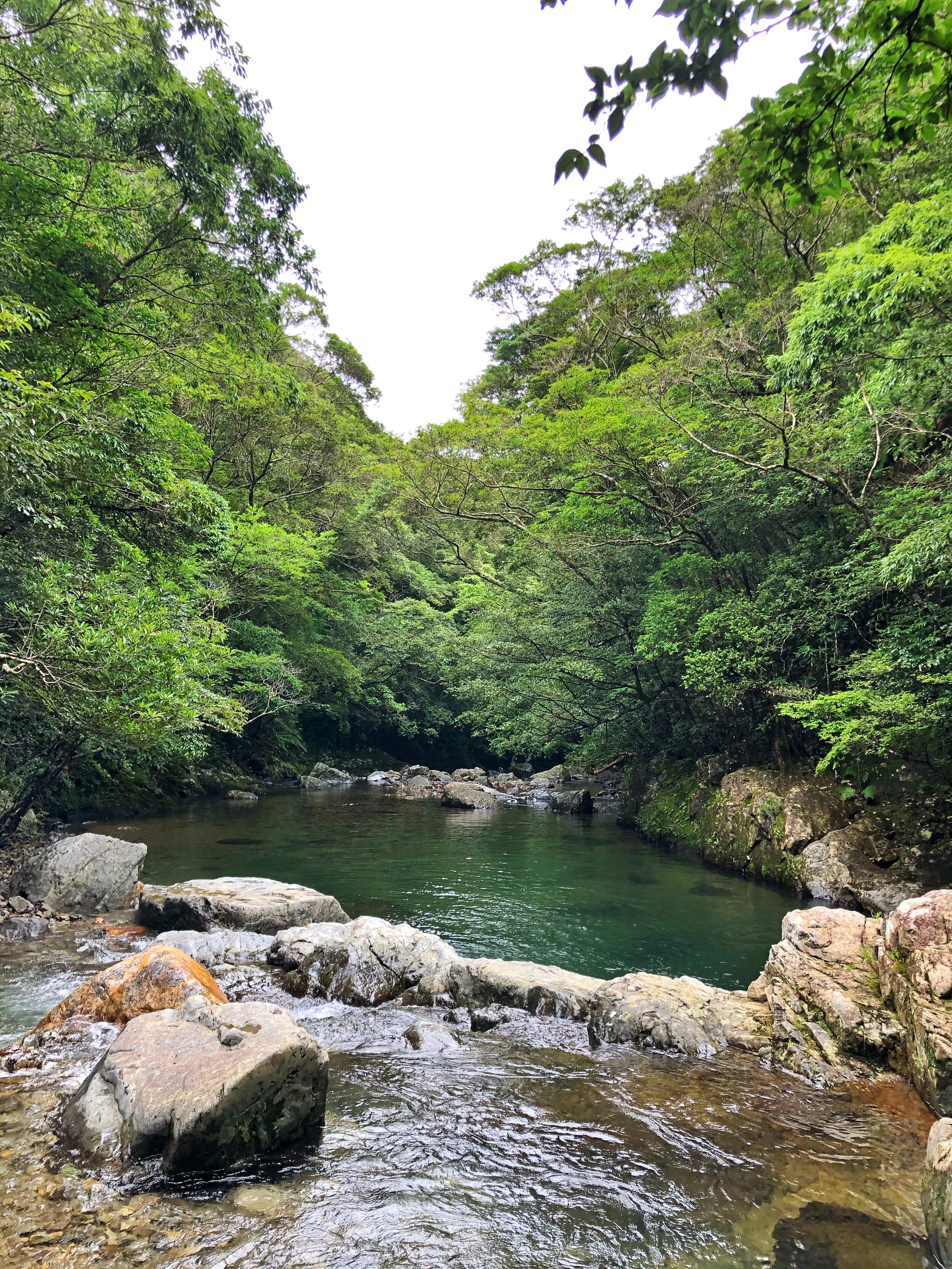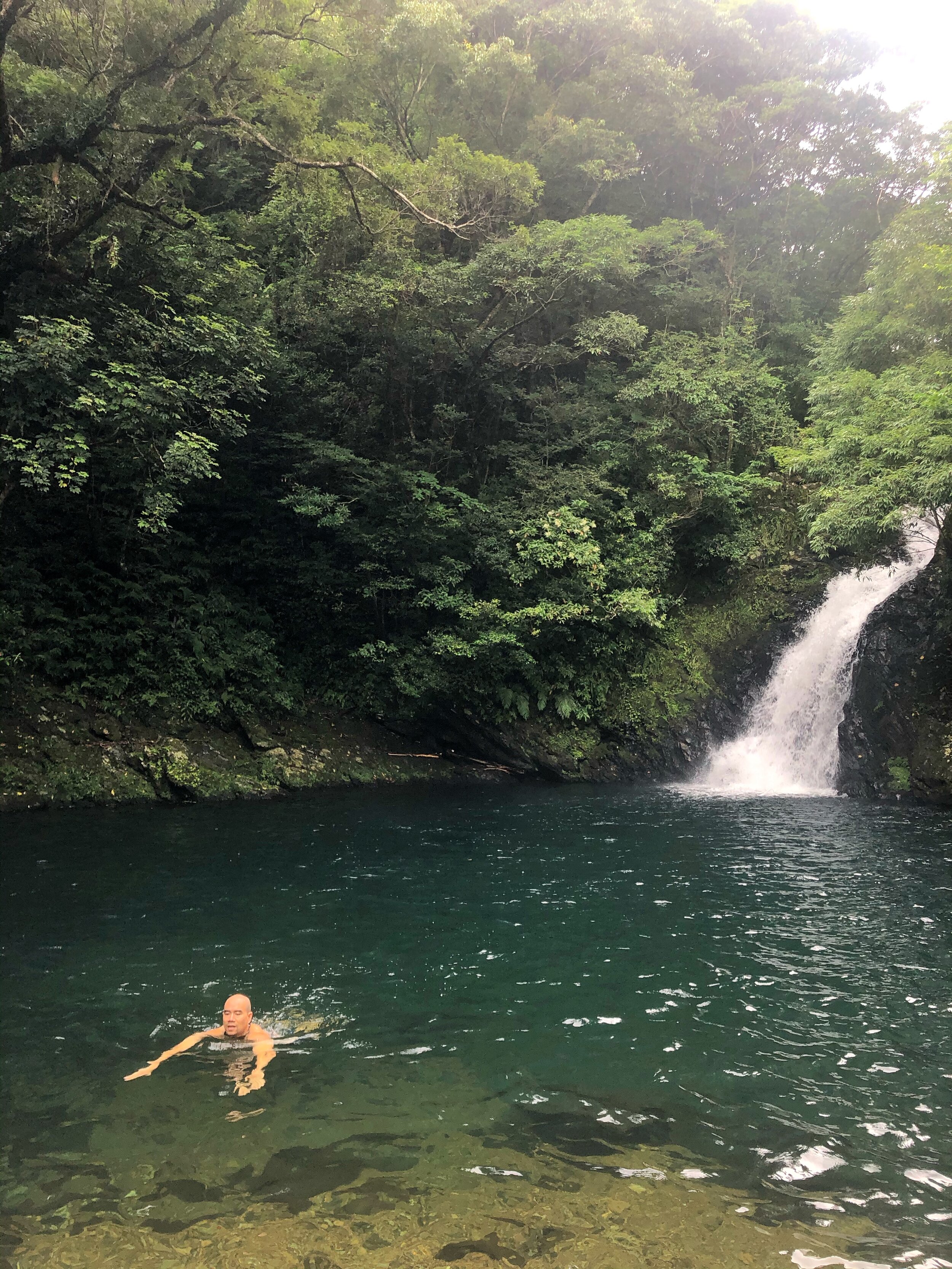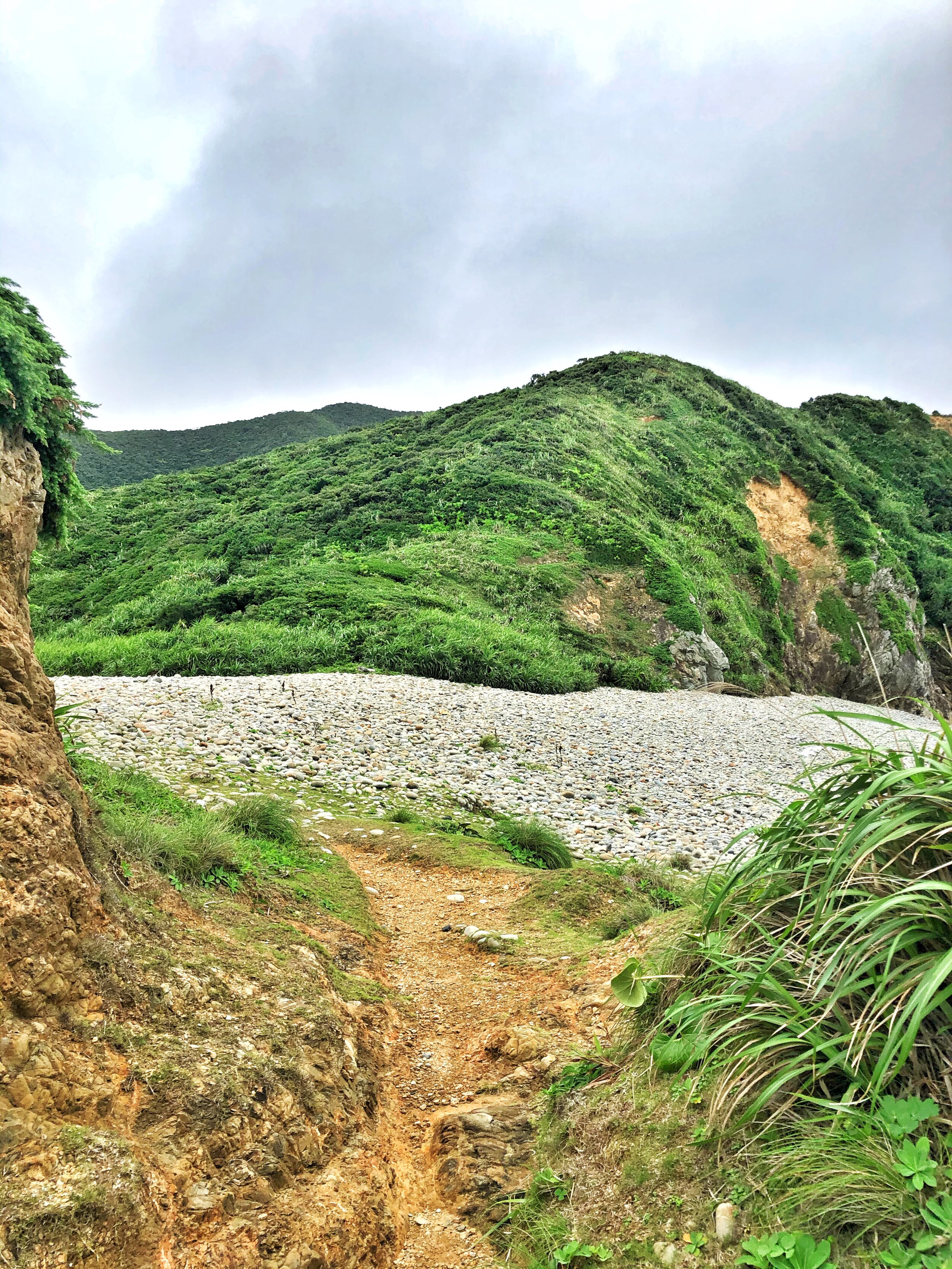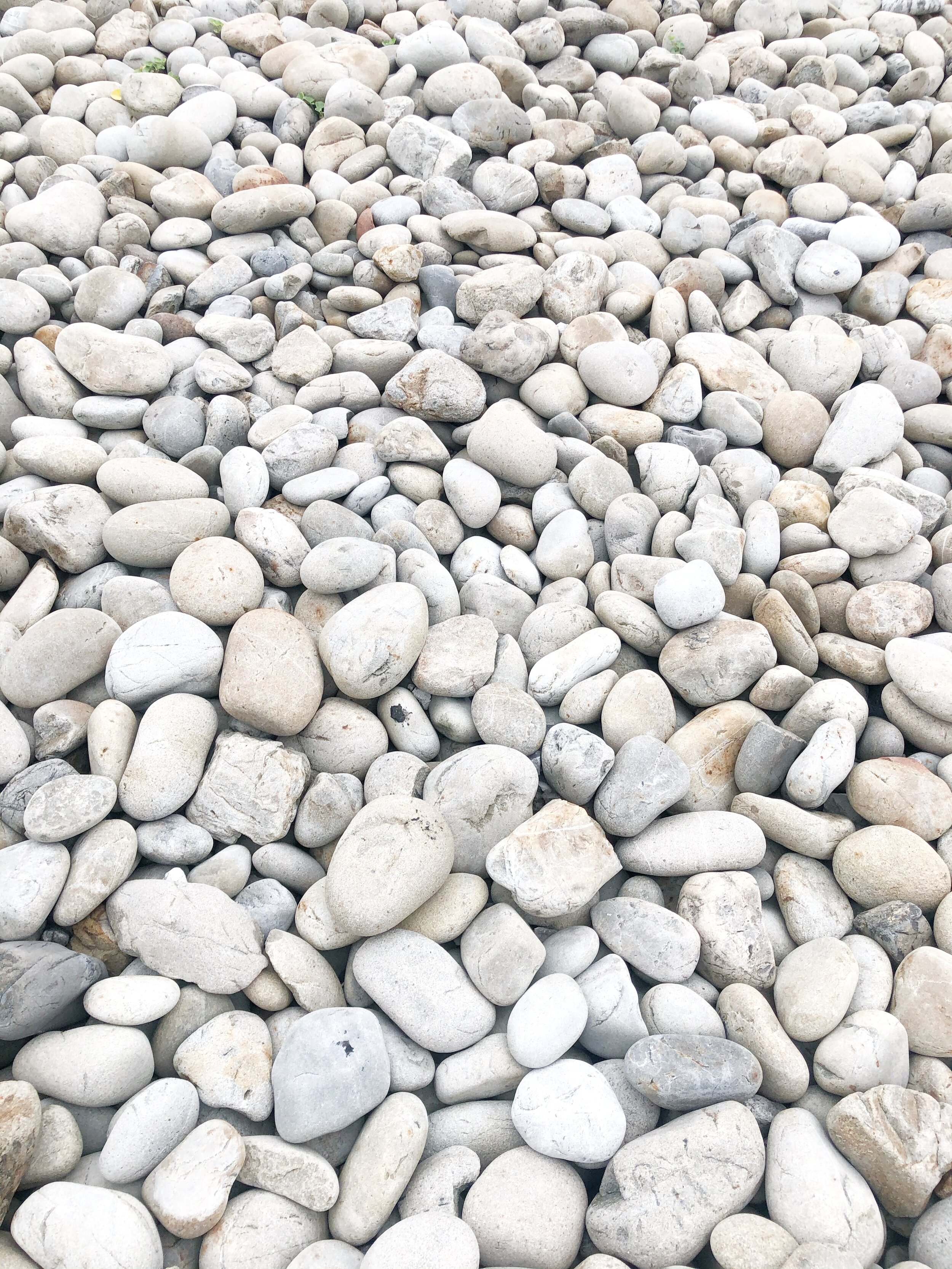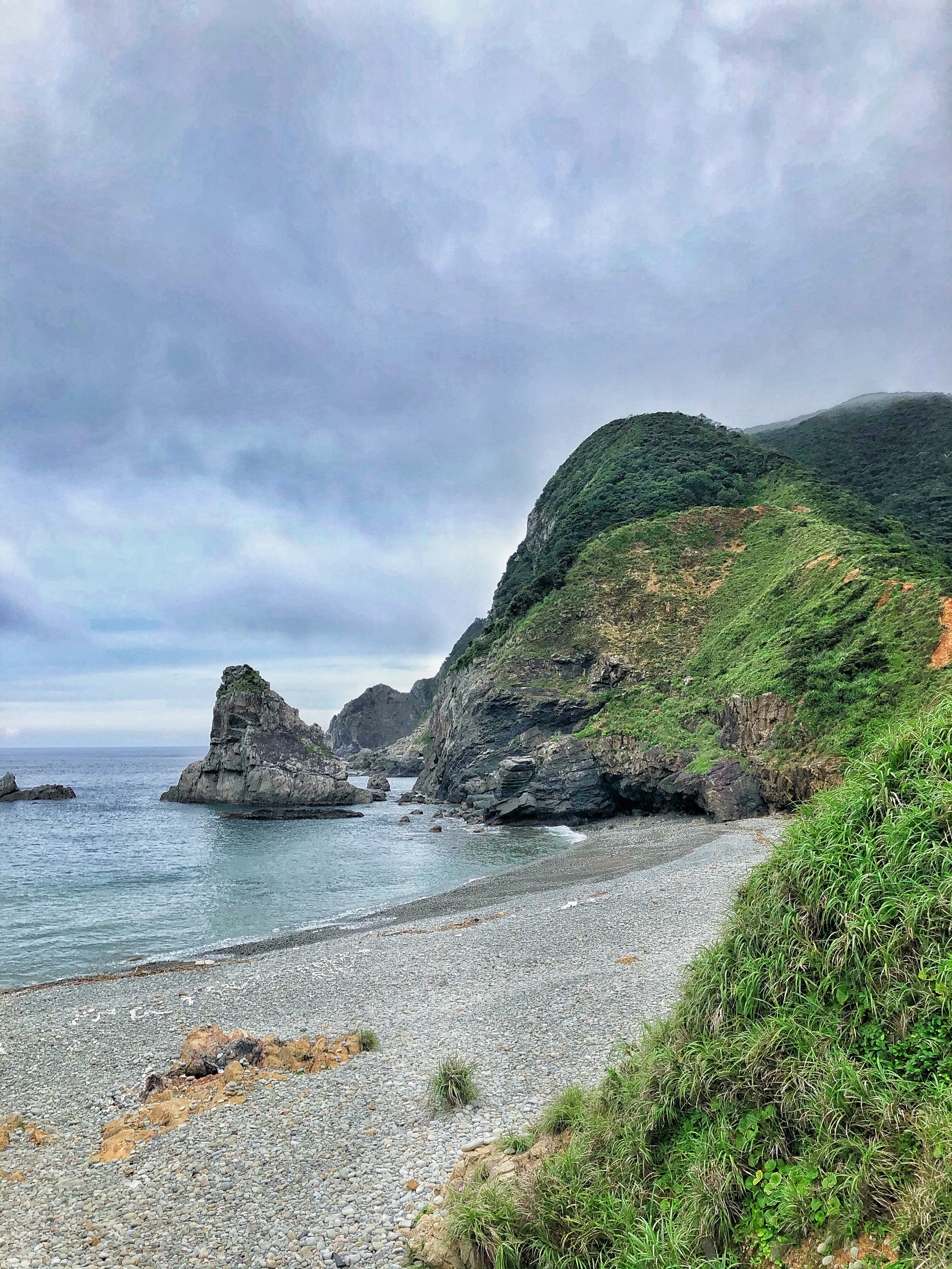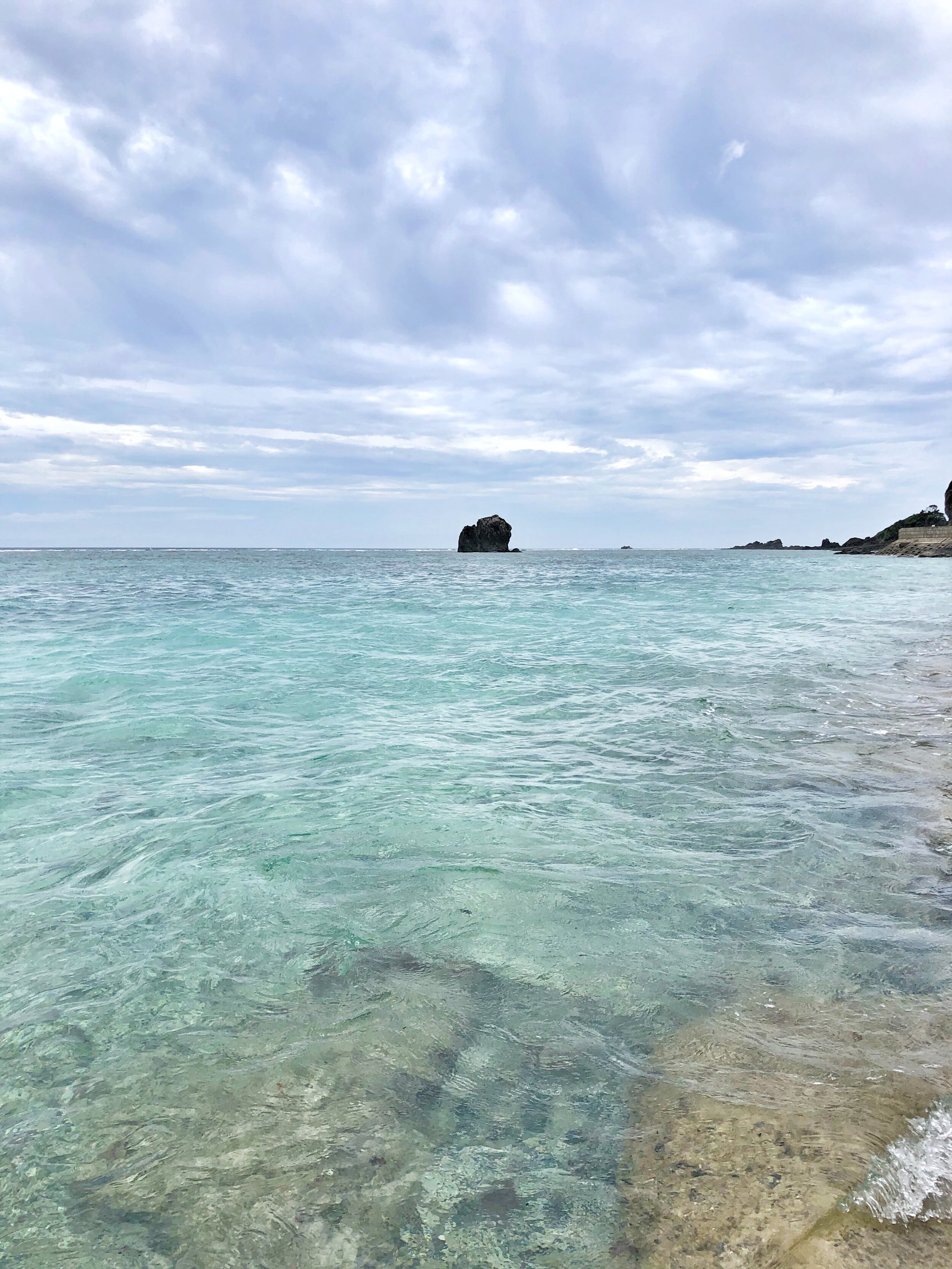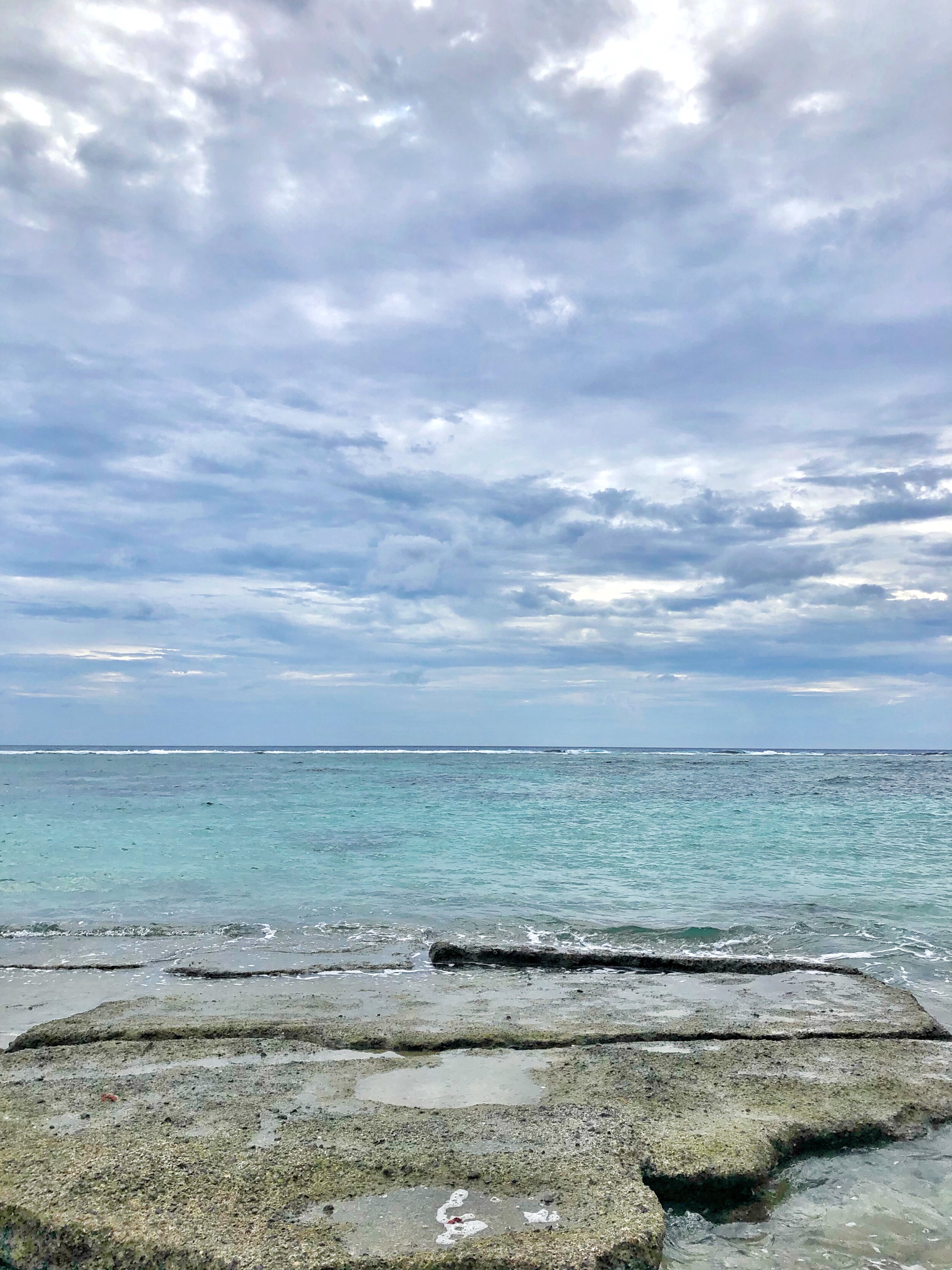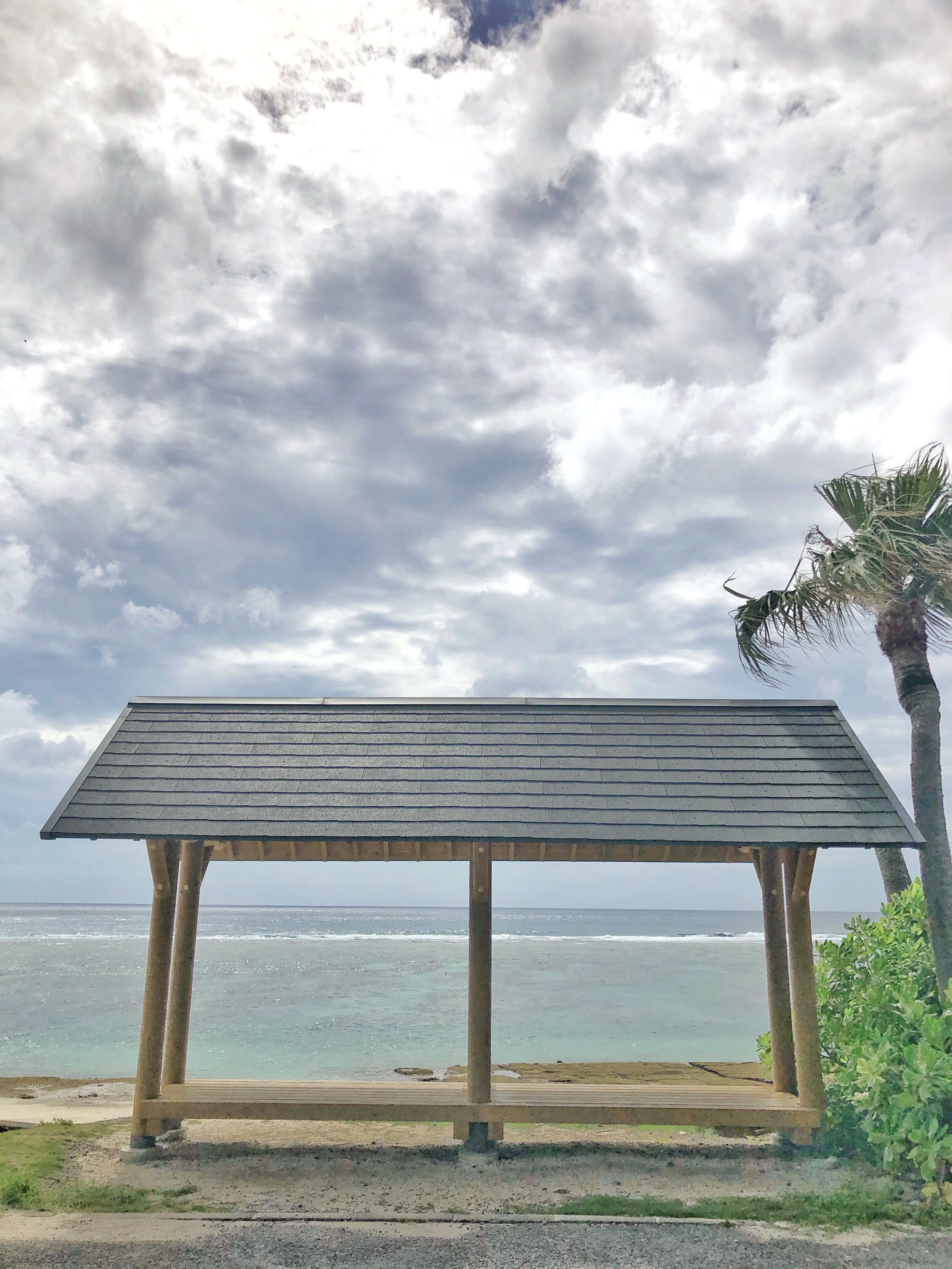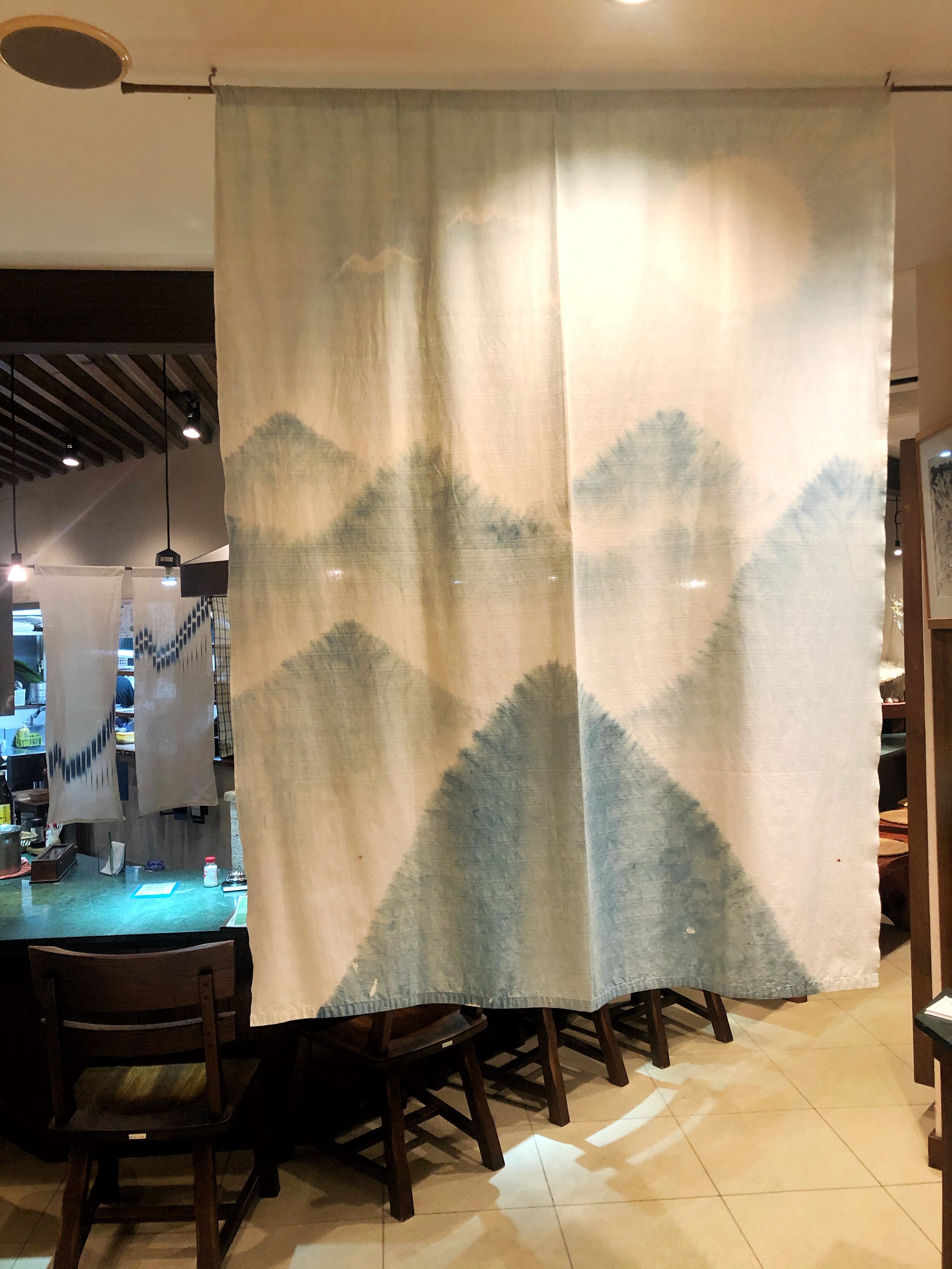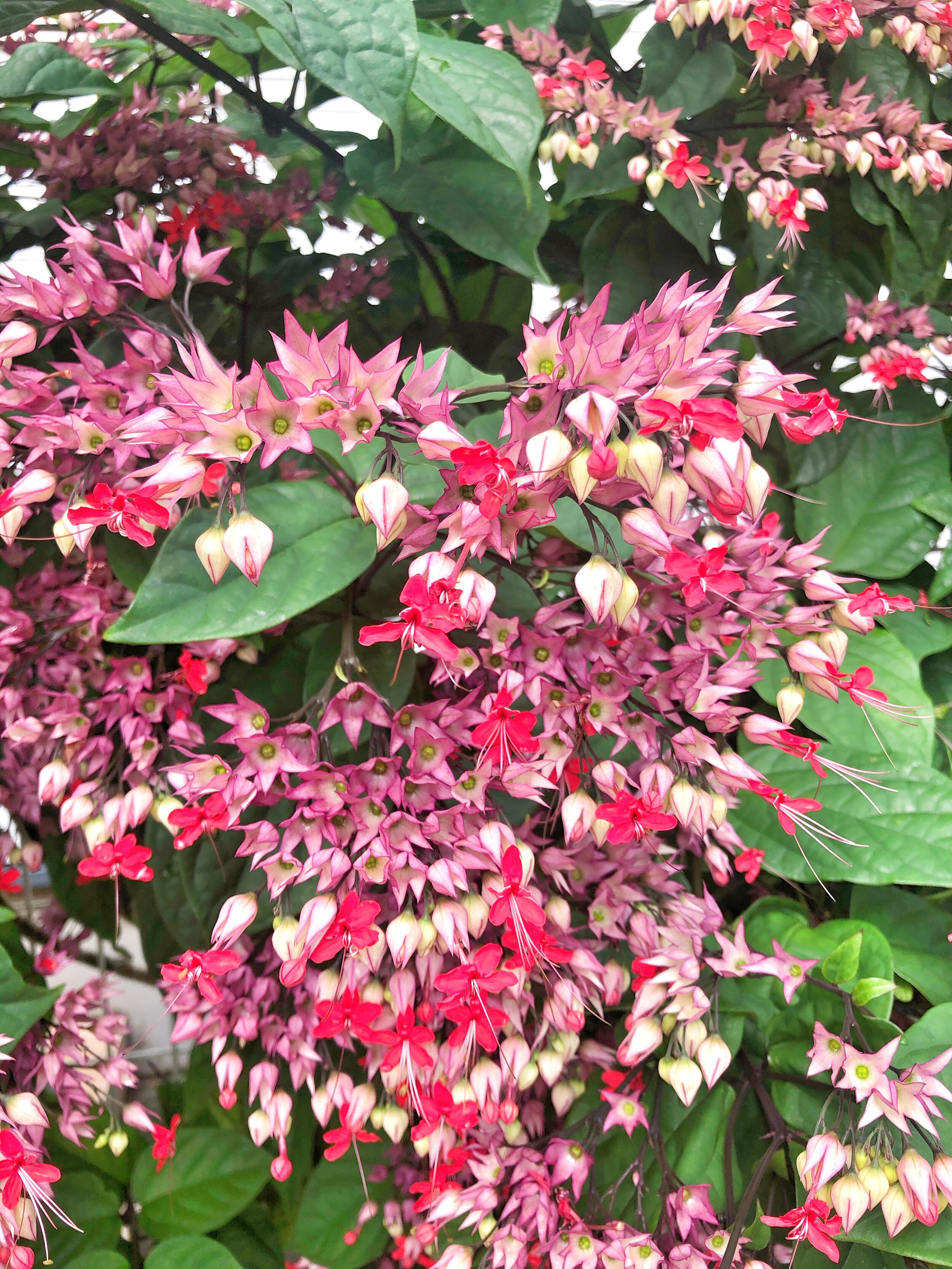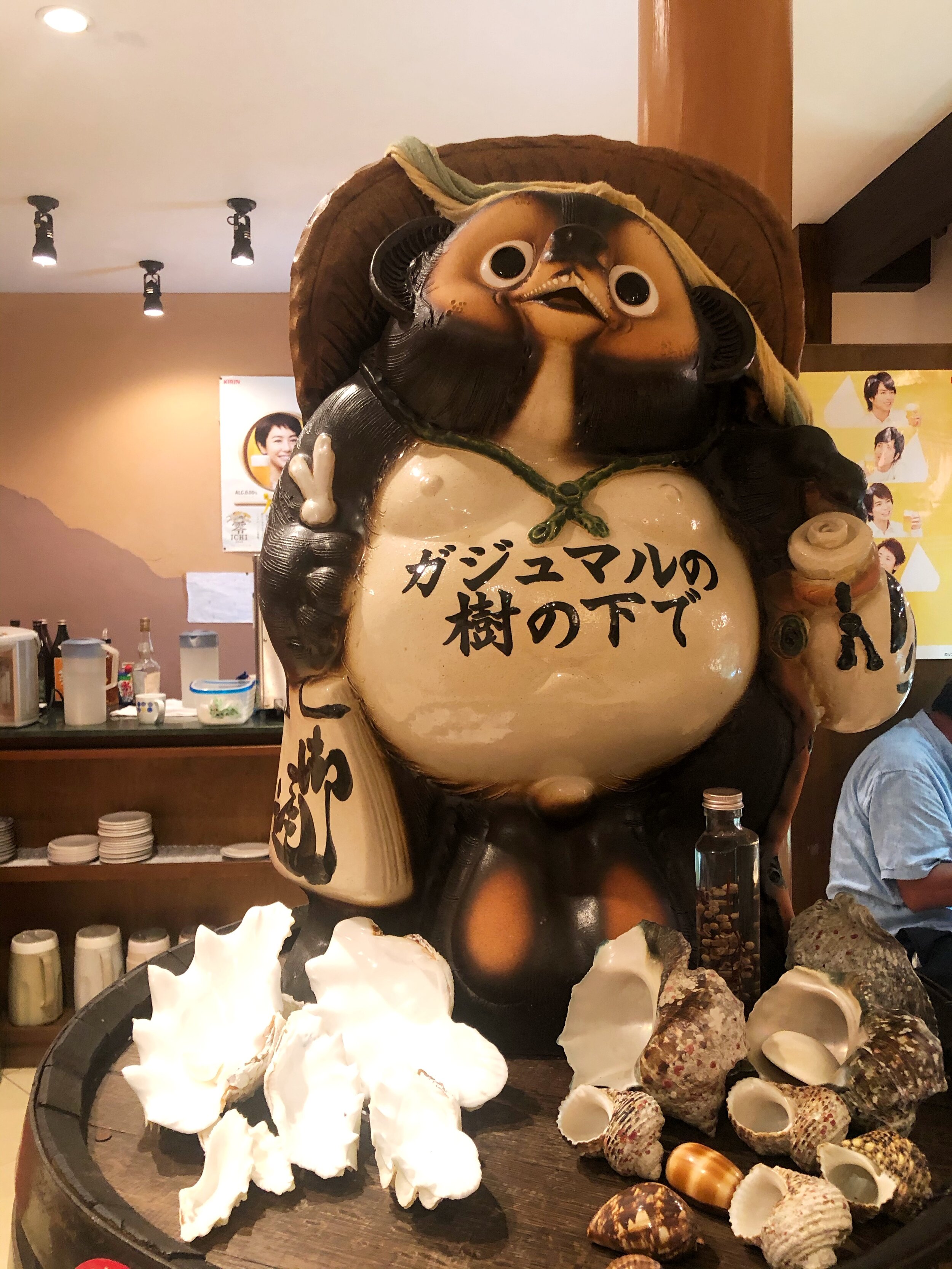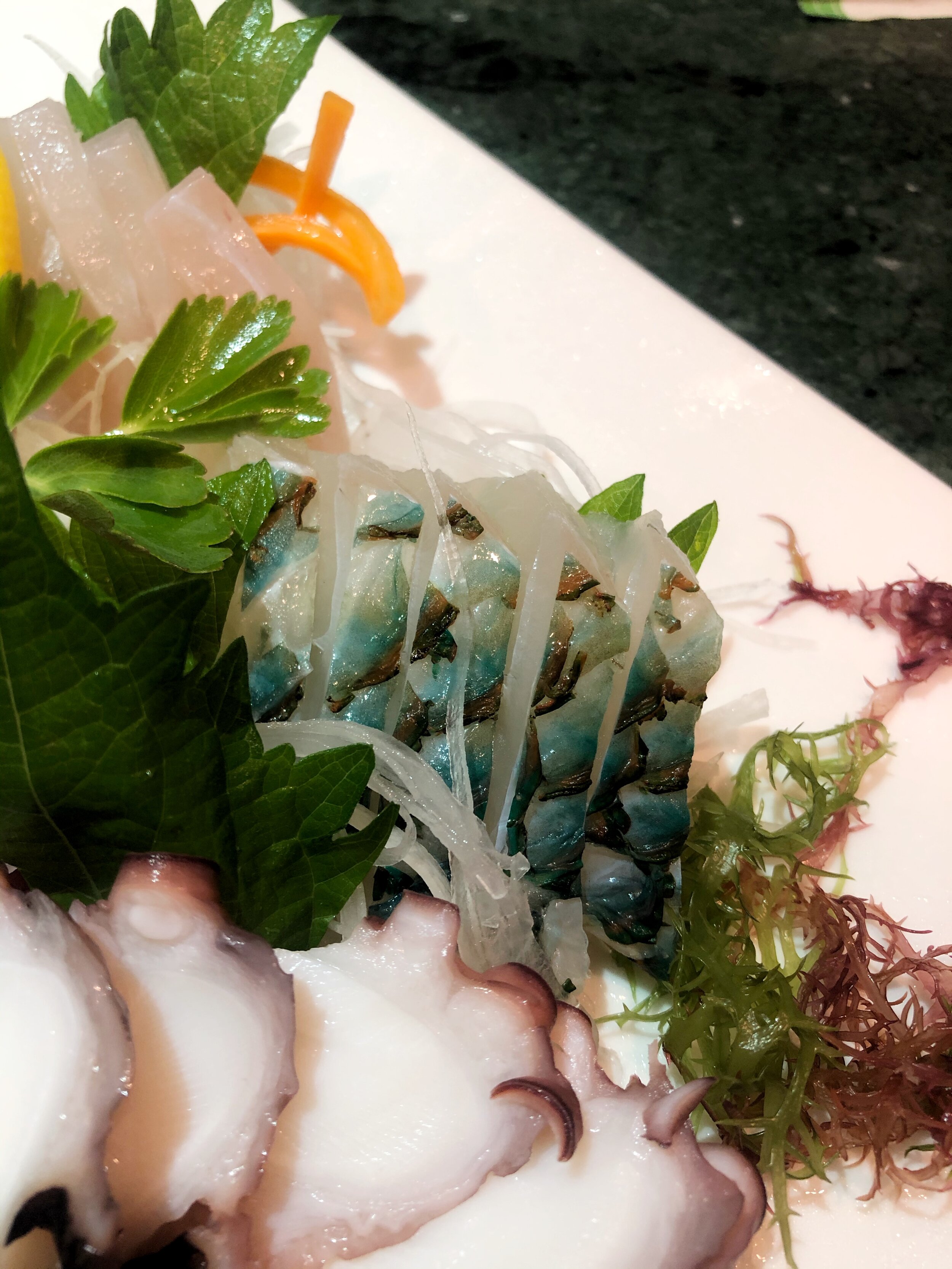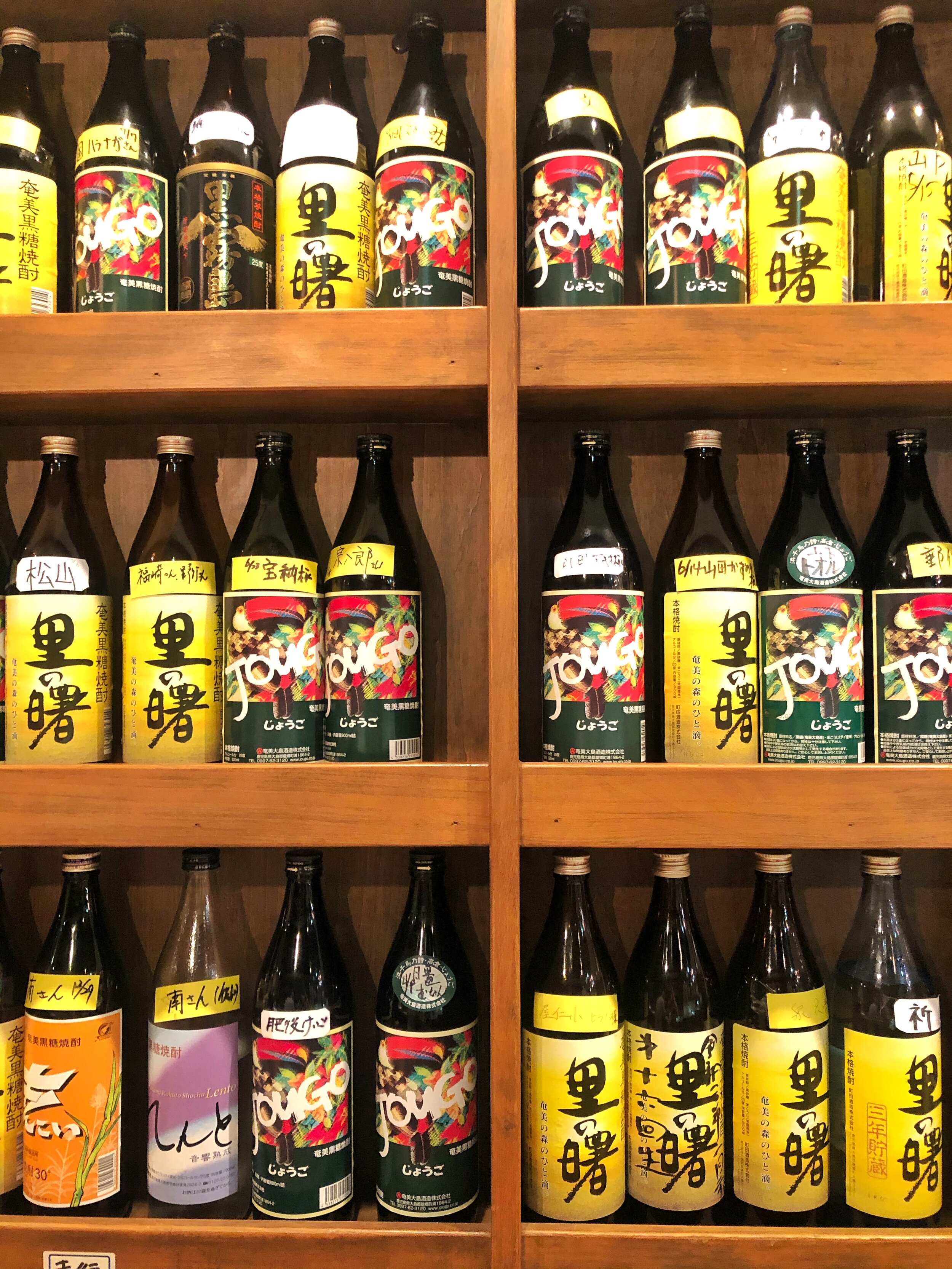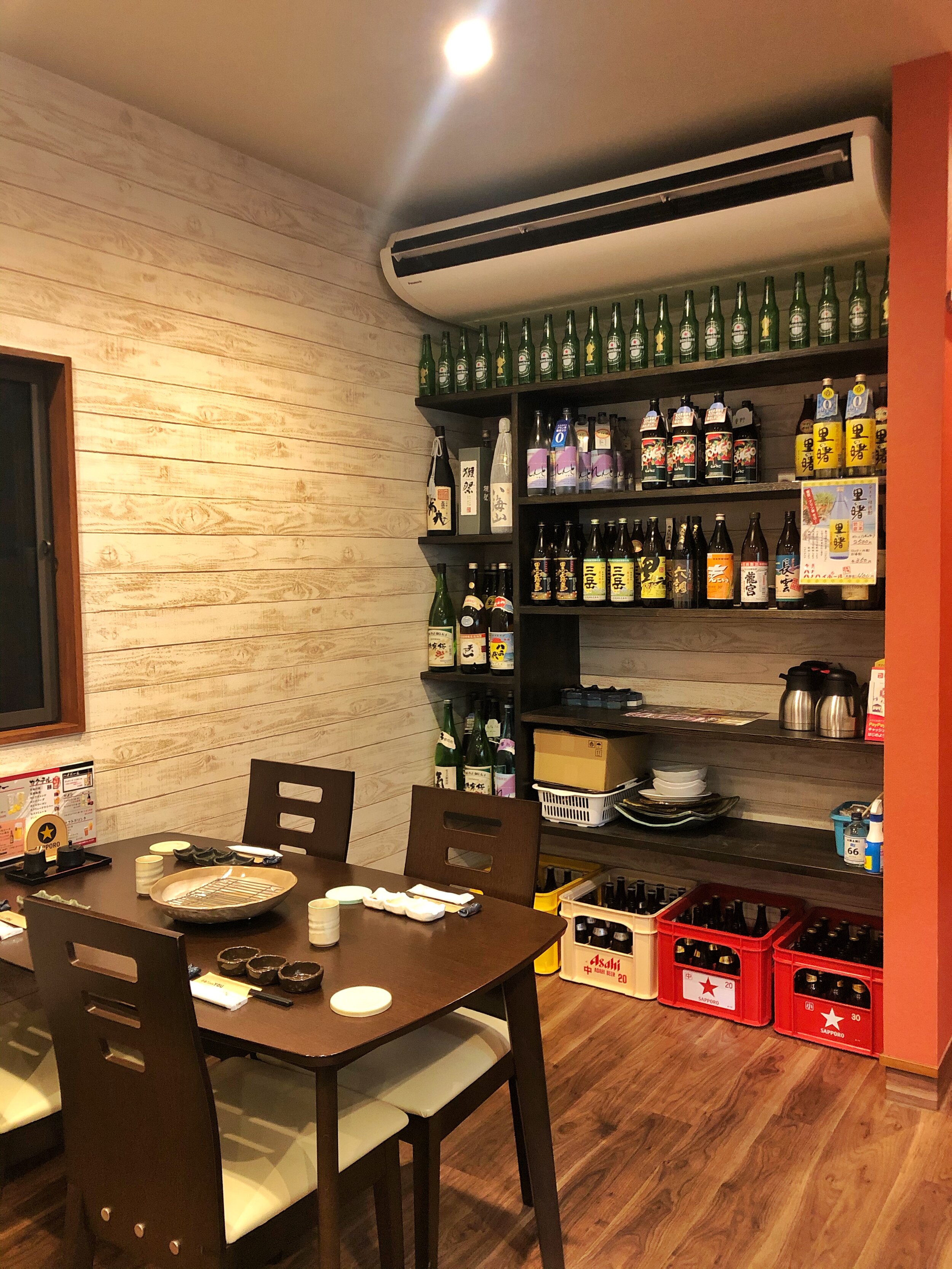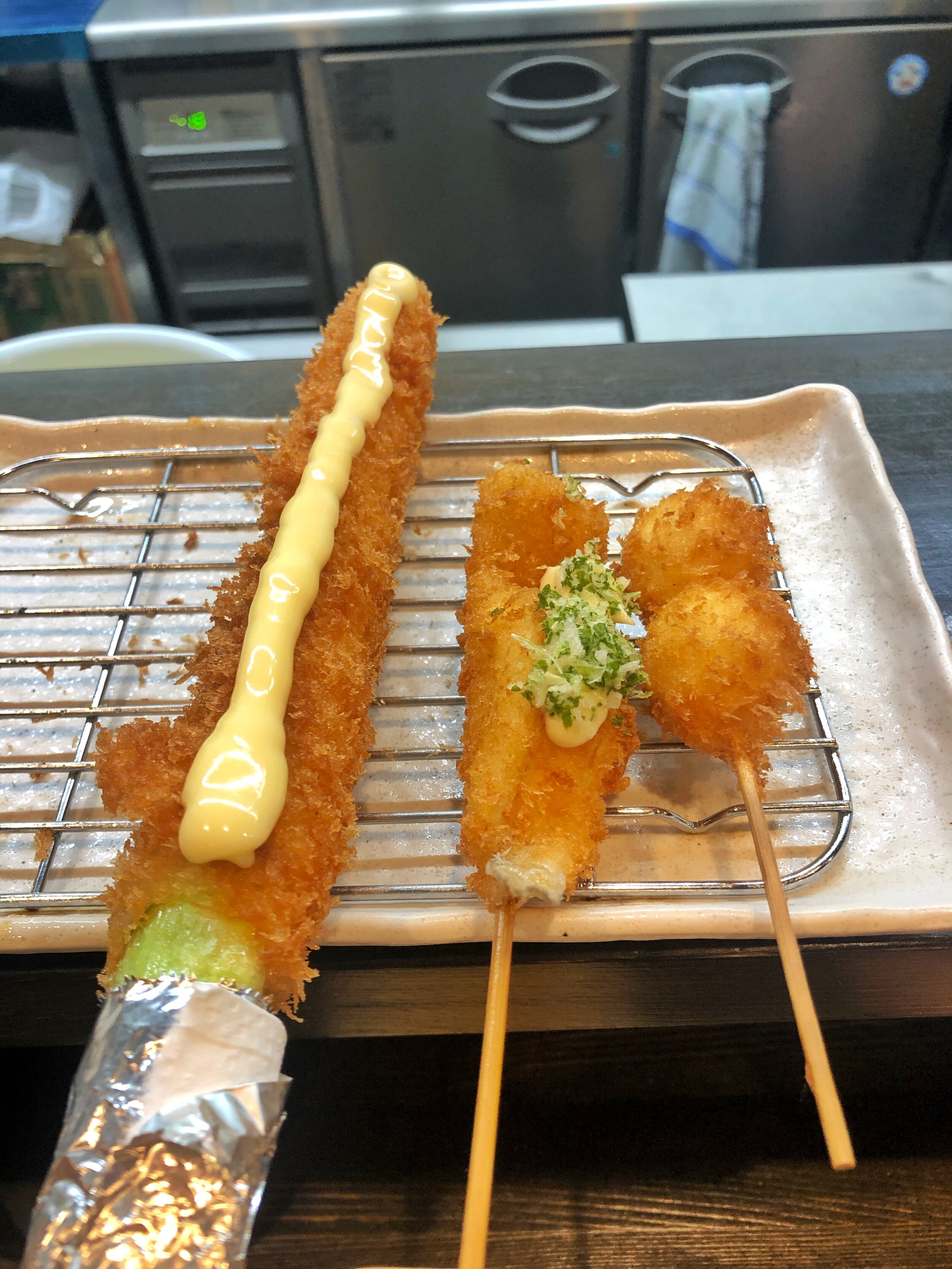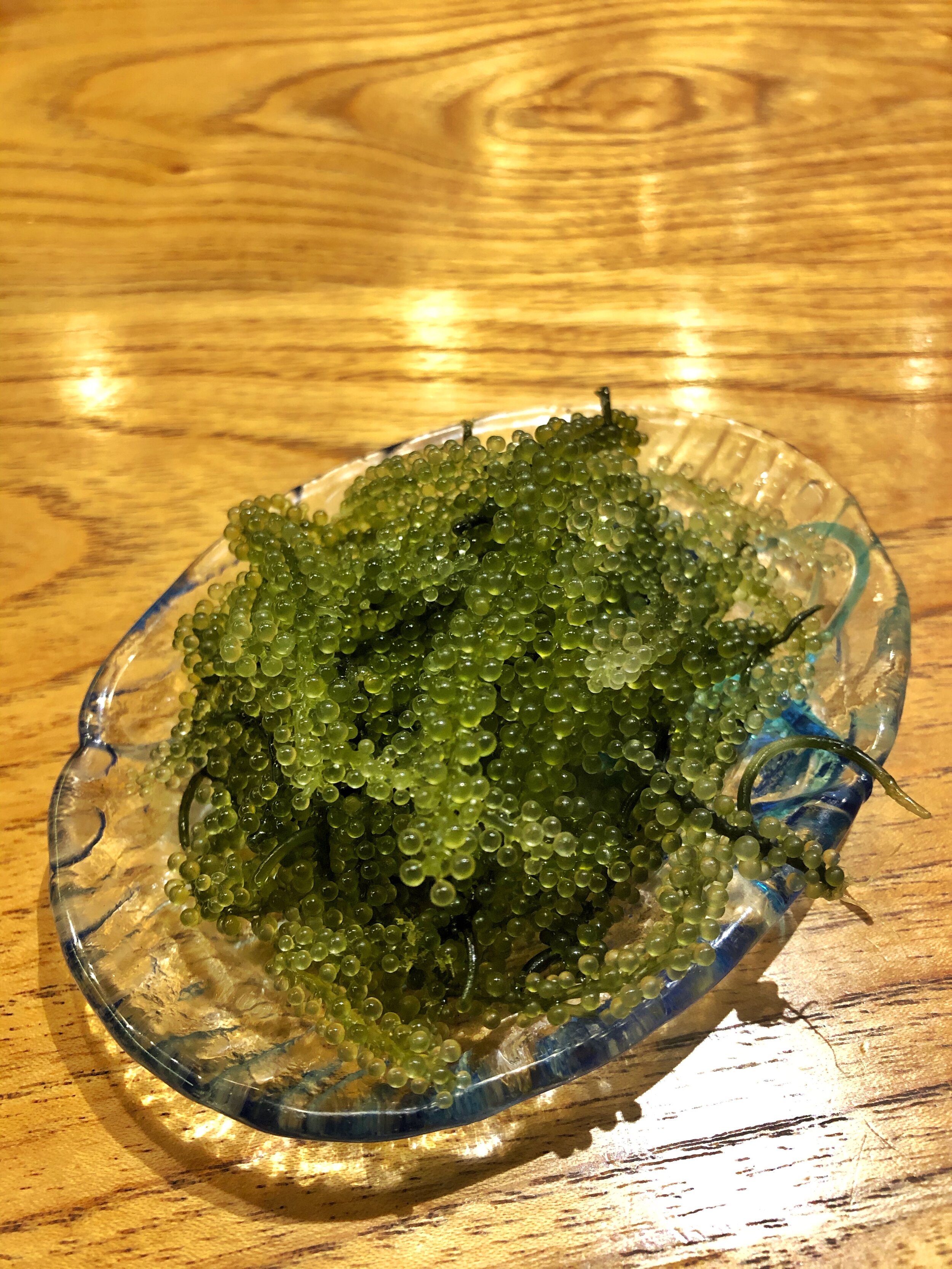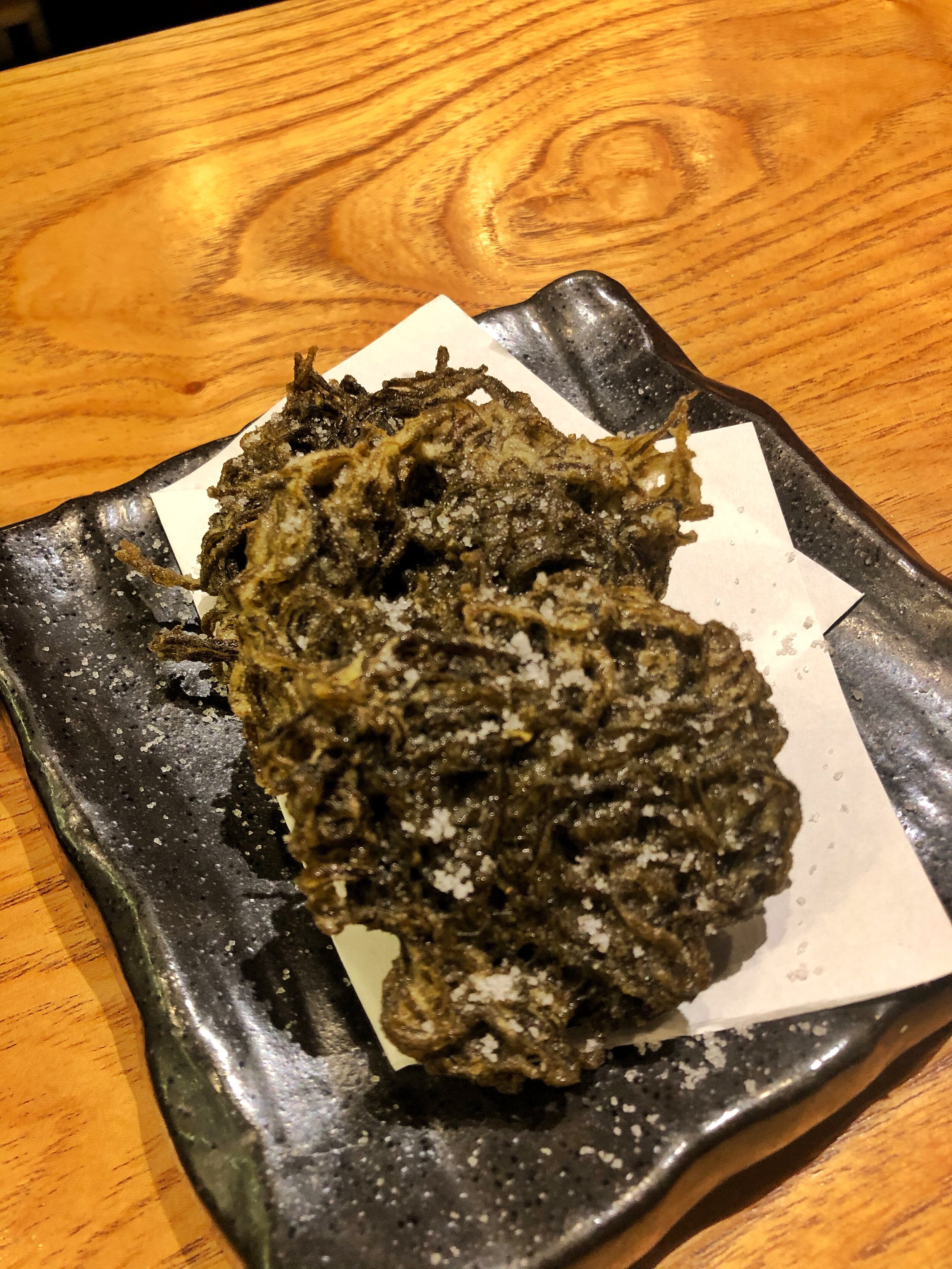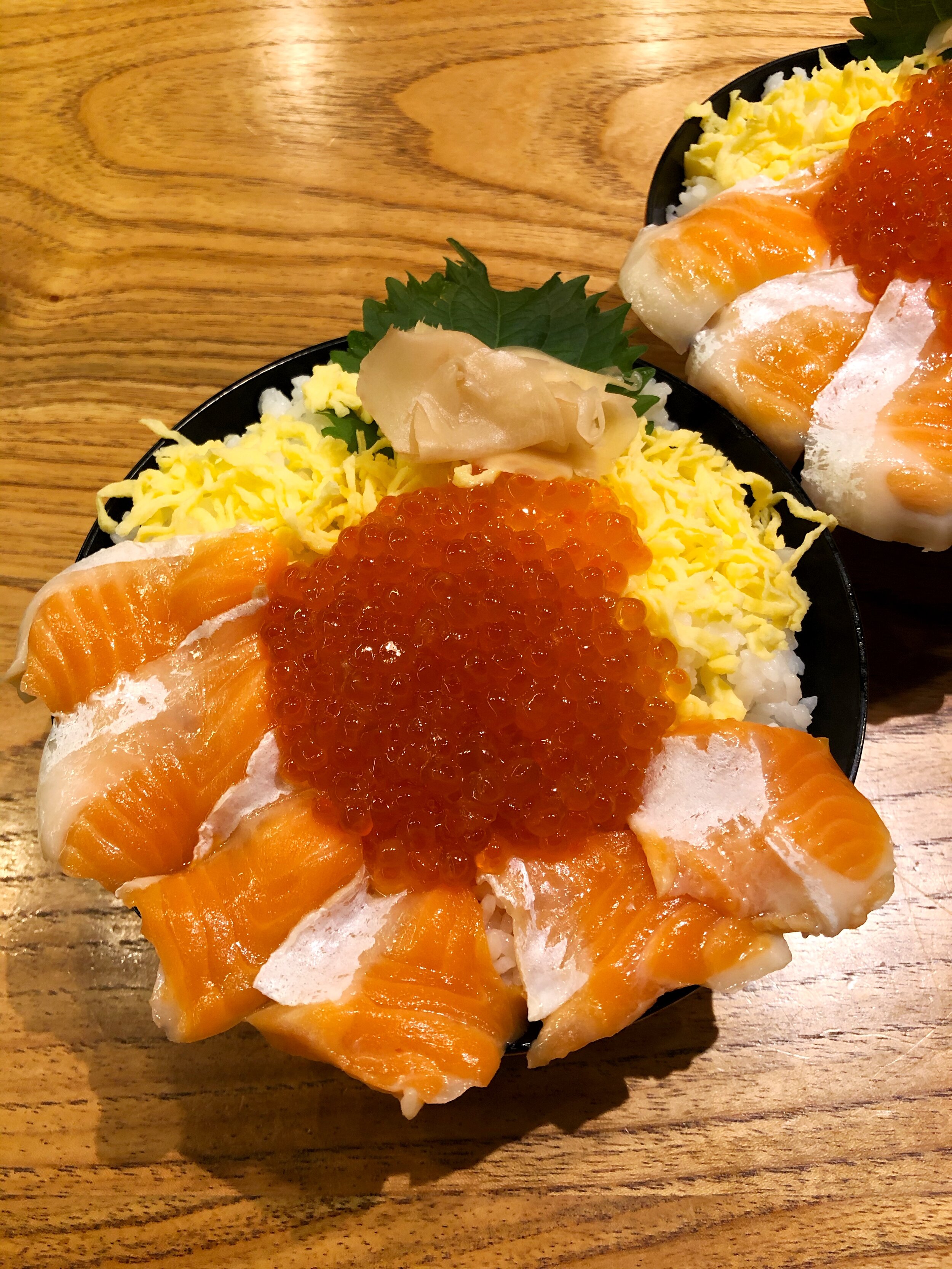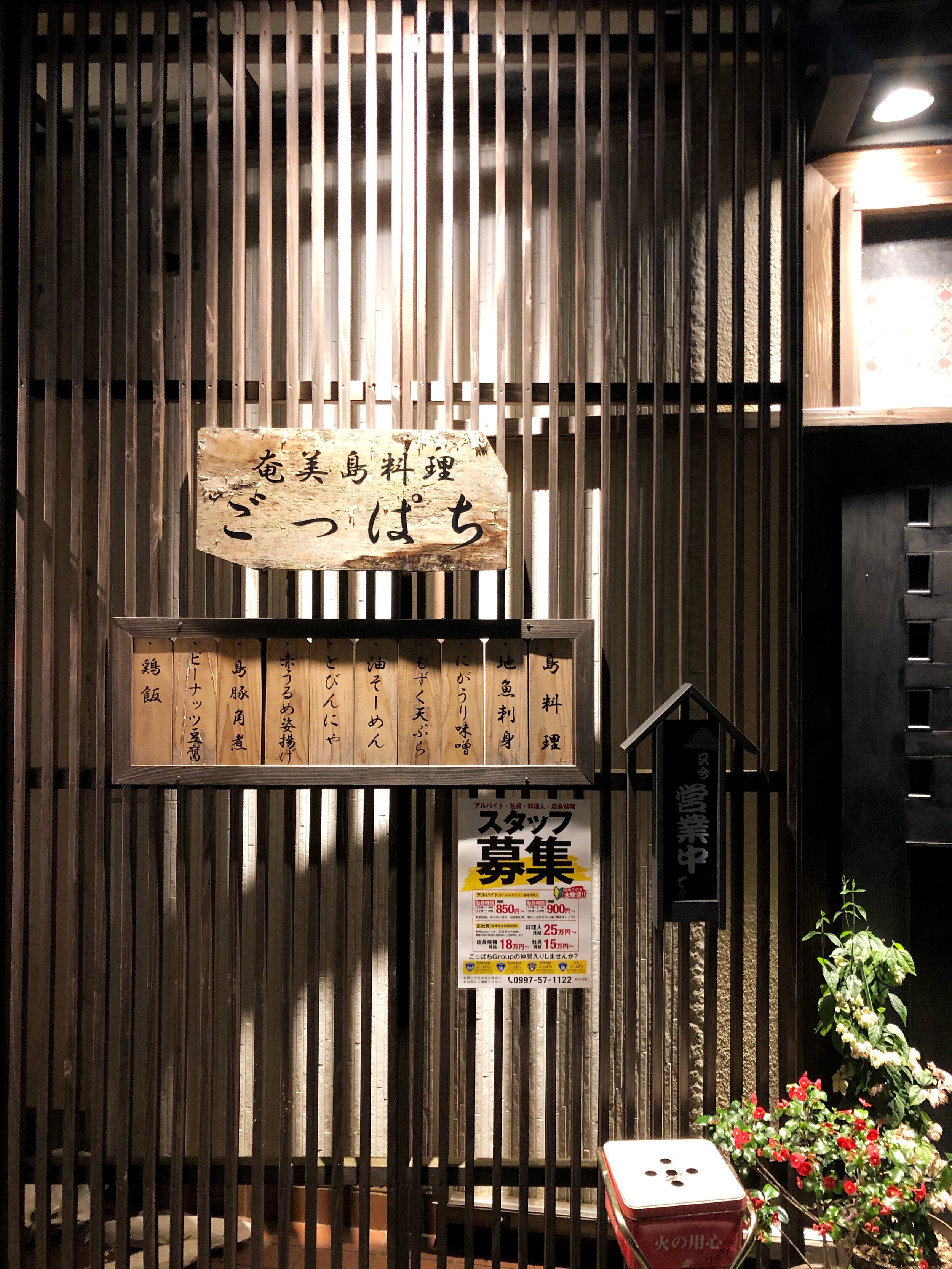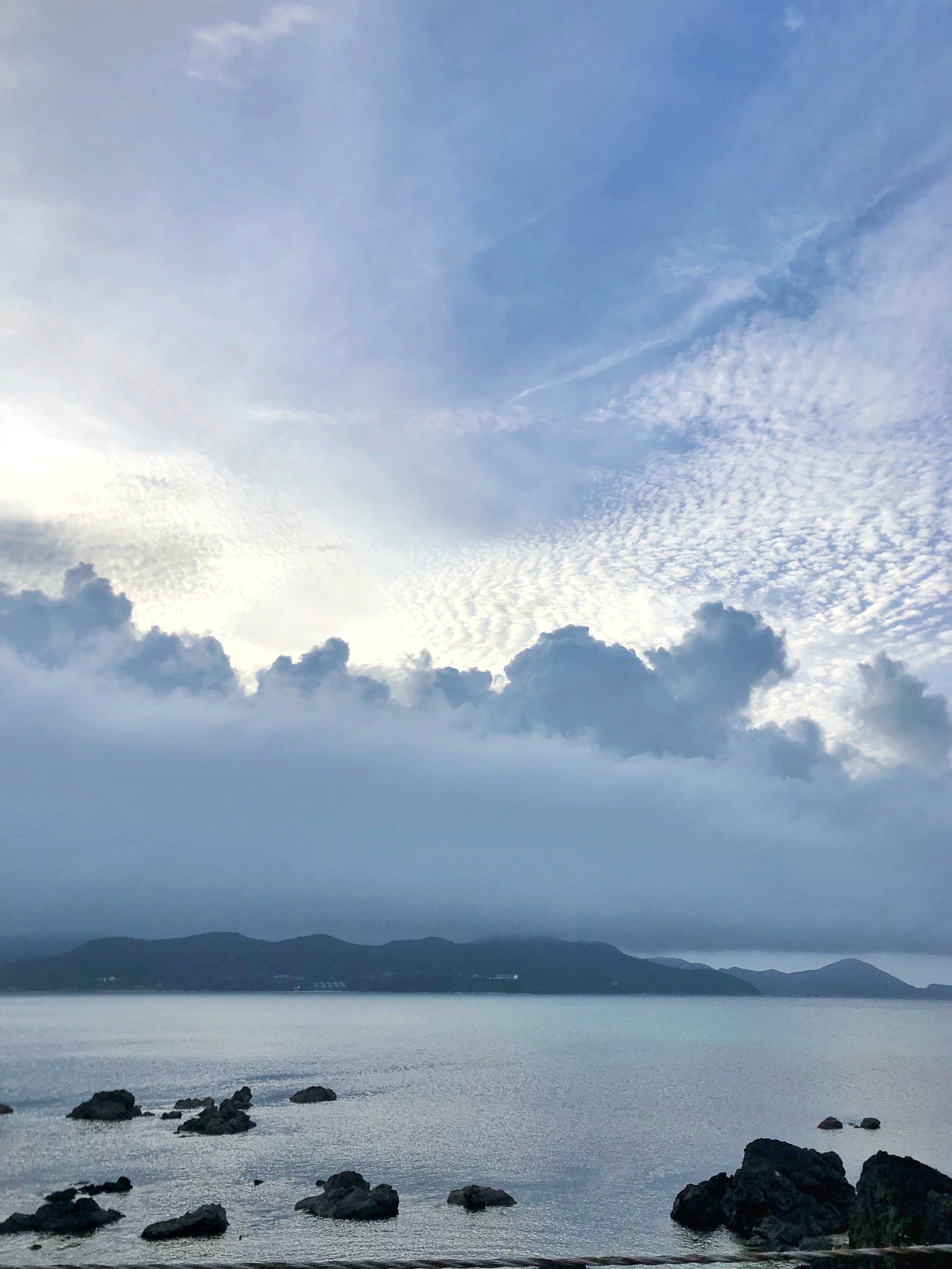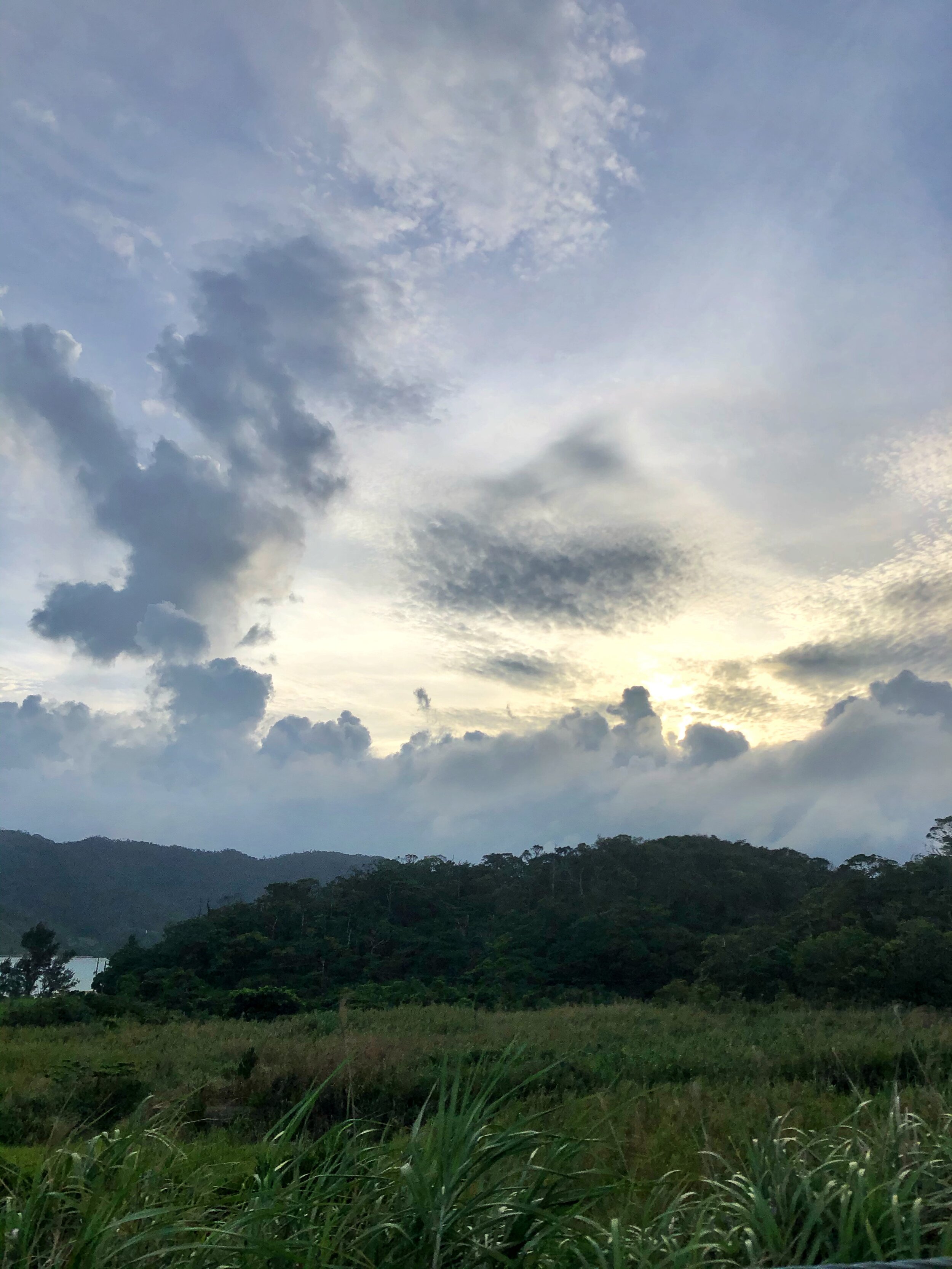Amami Oshima
Amami Oshima is the largest island of the namesake Amami Islands chain. An easy flight direct from Tokyo and other various cities. It’s the easiest of the islands to dip your toe into to explore. It’s lush, a tad wild and untamed, and absolutely divine if you’re a person who prefers the path less travelled but still need a bit more built up and accessible.
The island is home to several rare endangered animals, like the Amami rabbit, which (random fact) is known as a living fossil because it apparently represents an ancient Asian lineage which has since disappeared. The poisonous Habu also resides on the islands of Amami and Tokunoshima, so do not go exploring the undergrowth (of which various signs will tell you)
If you’re a lover of kimono, you can also learn about their technique of Oshima Tsumugi, a type of silk pongee which uses an elaborate weaving process featuring splashed patterns and mud dying. It’s also known as one of the world’s three greatest textiles.
NOTE: The Amami Islands, Iriomote in Okinawa and a few other islands are apparently going to be designated as a natural asset on the UNESCO World Heritage List in July 2021.
Having a car is essential in exploring Amami Oshima unless you want to base yourself in one town and just chill out. However personally I think that’s better for some of their smaller islands.
The island is comprised of three main towns Amami City (Naze & Kasari), Tatsugo, Setouchi and the villages of Uken and Yamato. We based ourselves in Amami City (Kasari) at the northern point of the island, so we would have easy access to the airport for our next connecting flights. To get from one side of the island to the other is doable in a couple of hours, so take a couple of days, cruise around, explore the roads unknown, stop and have a look see when you pass something that catches your eye.
MATERIYA TAKI
For some reason though it’s never explicitly planned, I always end up chasing waterfalls at some point during the year. Located in the central western area of the island in the Yamato village area, is the delightful Materiya Waterfall with it’s numerous watering holes if you feel the need for a quick dip to refresh or simply like wading through forest and water.
HONOHOSHI HAMA
Described by the locals as a ‘power spot’, Honohoshi is the epitome of a wild sea crashing against the shore. Not suitable for swimming or snorkelling, apparently individuals come here to meditate and simple contemplate enjoying the power of Mother Nature. The beach is famed for its large, beautiful smooth stones covering the entire area of which legend says, if you take a stone away from the beach, strange things will happen (so yes taking the stones are prohibited) . Also don’t go exploring the undergrowth as there are signs saying the venomous habu are about.
OHAMA KAIHIN PARK
Amami City Seaside Park is a delightful stretch of white-sand beach with these stunning craggy plates leading down into the water. As the name suggests, (when they name beaches as parks in Japan, you’ll find there are more facilities), the beach is catered for people to enjoy swimming and exploring the area, with toilets/showers available, mini walking trails, occasional food vans, a mini green park with palm trees, camping grounds and there is a museum further ahead to visit to learn about the loggerhead turtles that nest. The beach also has some stunning views at sunset.
There are many more stunning beaches on the island as well, however I didn’t really get the names, the fun of driving is that we just stopped anywhere that looked inviting, and unfortunately our weather during our stay was a bit more temperamental so we didn’t have days of just endless sunshine.
DENPAKU HOTEL AKAKINA
Depending on what type of accommodation you would like, there’s a range of options from minshukus, business hotels, older traditional Japanese style - resorts, and a couple of luxury options ( MIRU AMAMI & THE SCENE). However we wanted something in between that was modern, clean and didn’t break the bank. I discovered the properties of DENPAKU which I absolutely adore its whole concept and mission so it requires it’s own special post! Go have a read!
Fooding in Amami is divine (well to be honest, the majority of fooding in Japan is an absolute delight). especially if you’re a lover of seafood. Like any area of Japan, the island has some of it’s own specialities like Keihan, a rice dish topped with assorted vegetables, shredded chicken and served with chicken broth you pour over the rice. Each restaurant have their own individual styles, so no two Keihan restaurants are the same. However on Amami we generally just enjoyed sampling the local seafood, whatever was caught that day and umi budou (sea grapes) are always a treat! (the top right photo below). We also especially love tempura mozuku (a type of seaweed).
However remember you are on island time, so don’t be surprised if suddenly a restaurant is closed when google maps says it should be open (especially if you go off peak season); there may not be a website or phone number to call, some of it is just luck especially when you’re driving around on random roads. Though in the bigger towns of Amami, Tatsugo etc you should be able to find something.
If you’re a lover of Tofu, we discovered this gem of a restaurant along our drives and loved it so much we returned a couple of times to enjoy their Teishoku sets. So it deserves it’s own post. Read here!
Hopefully this little introduction to Amami Oshima has whet your appetite to explore this lovely chain of islands for a bit of a lesser known tropical getaway in Japan.

